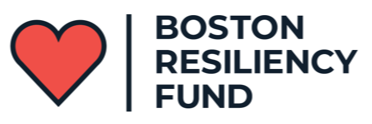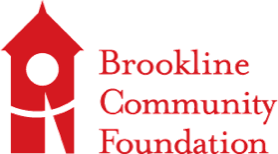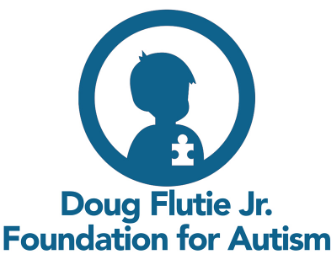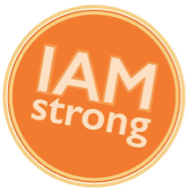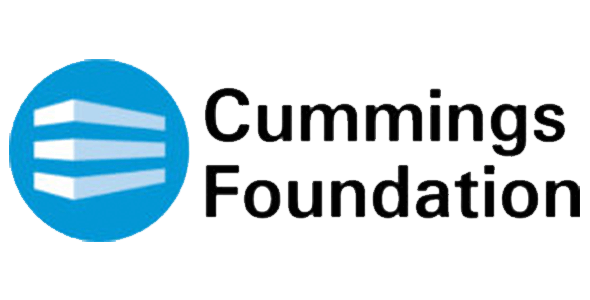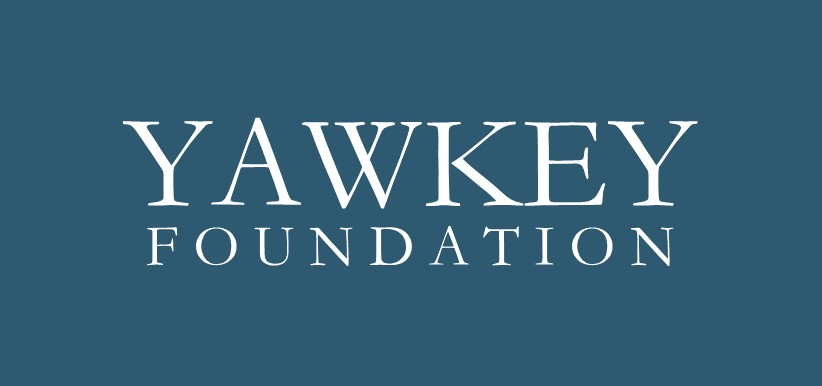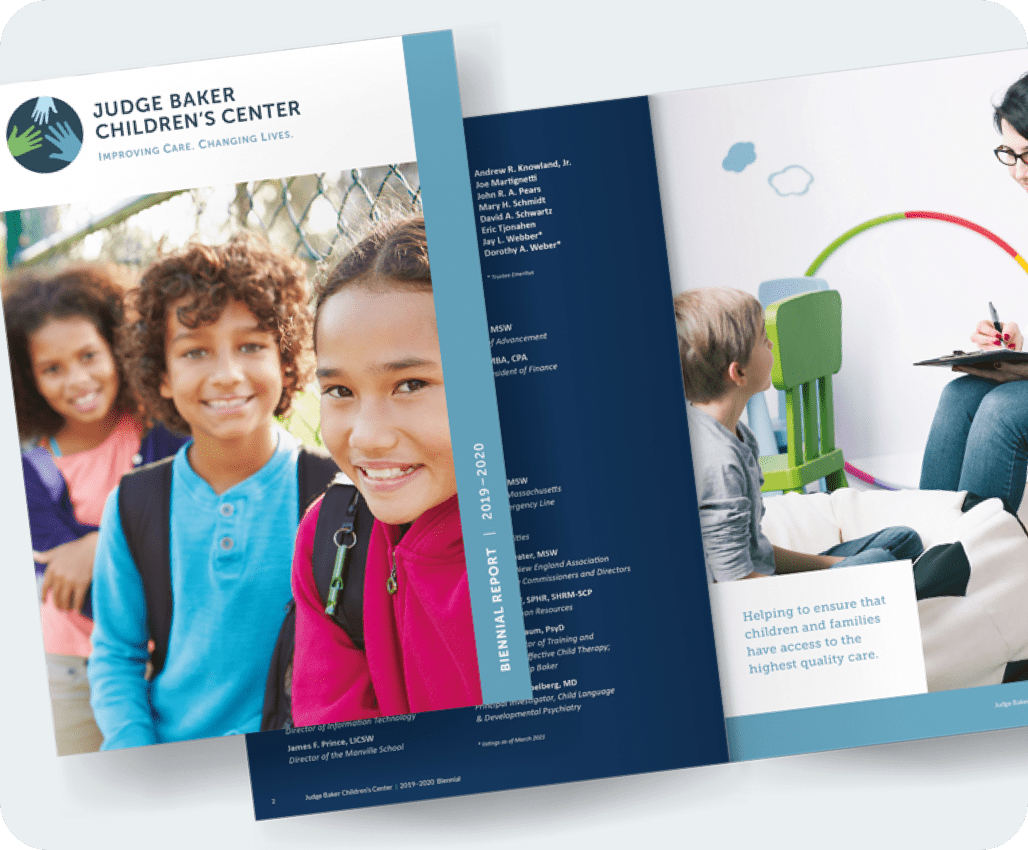1917-1920
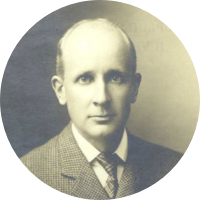
Harvey Humphrey Baker
Harvey Humphrey Baker was appointed the first judge of the Boston Juvenile Court in 1906. Judge Baker believed strongly that there was more to “juvenile delinquency” than just a “bad kid.” He wanted to create a place where research and treatment could help these children and their families.
The “Judge Baker Foundation” was incorporated in 1917 and the first offices for the Foundation were established on Court Street in Boston. The original focus of Judge Baker was on diagnostic studies and treatment recommendations for “delinquent” boys and girls brought into the Boston Juvenile Court.
1920s
During the 1920’s, more than 50% of the children receiving help at Judge Baker were referred by the Boston Juvenile Court. Most were adolescent boys from economically disadvantaged families.
In 1927, Judge Baker developed a comprehensive handbook of “mental tests” that helped psychologists determine a child’s mental aptitude.
1930s
Judge Baker Moves To Beacon Street In Boston
President Herbert Hoover invited Judge Baker leaders to the “White House Conference on Child Health and Protection”. By that time, Judge Baker was moving to its own building on Beacon Street in Boston and more than 7,000 children and their families had received services.
1940s
Emerging As The Largest Child Guidance Clinic In The Country
The Foundation changed its name to the “Judge Baker Guidance Center.” During these years, Judge Baker broadened its outpatient and residential services, and emerged from the decade as the largest child guidance clinic in the country and one of the first agencies to receive federal support for training in child psychiatry and psychology.
1950s
The Opening Of Manville School
By the 1950’s, over 15,000 cases had been handled. During this decade, Harvard Medical School and Children’s Hospital established their affiliation with Judge Baker.
The Center grew again as it was granted $2 million to build a new location, which was completed in 1957. Judge Baker moved to a new building near Boston Children’s Hospital and the new Manville School opened its doors.
1960s
50th Anniversary
Judge Baker marked its 50th year of providing services to children in this decade. The Center launched professional training projects and gradually expanded its range of clinical services to meet changing societal needs. The Newton Baker Project began to study the effectiveness of traditional intervention strategies for delinquency.
1970s
Judge Baker, in collaboration with Children’s Hospital, restructured its residential division into a twenty-seven-bed medical-psychiatric unit for treating children with psychosomatic illnesses.
In response to the societal pressures children were confronted with during this decade, prevention and early intervention projects were incorporated into Judge Baker’s services.
1980s
Expanding Our Mission And Services
Judge Baker adapted its mission to include programs aimed at helping adolescents combat the peer pressures of drug abuse and teen pregnancy. Judge Baker Guidance Center changed its name once again and was now known as “Judge Baker Children’s Center,” reflecting the expansion of its mission to include broader social programs focused on early childhood services.
The New England Association of Child Welfare Commissioners and Directors joined Judge Baker Children’s Center in this decade.
Further expanding its child welfare services, Judge Baker Children's Center contracted with the Department of Social Services (now known as the Department of Children and Families) to operate a twenty-four-hour child-at-risk hotline.
1990s
The Mentoring Program
The Mentoring Program began at the Manville School during the 90's. This program paired Manville School students with Harvard Medical School “big brothers” and “big sisters” for weekly two-hour visits. The program included training sessions for the Harvard students with Manville staff. Harvard Medical School was so pleased with the program that it became an elective of the school’s course offerings.
“Voices of Love and Freedom,” a literacy and prevention program at Judge Baker, was adopted by the Boston School Committee for use in all Boston public schools. This program used multi-cultural literature to teach children about avoiding substance abuse and violence and encouraged reading and healthy relationships at home.
2000s
Two New Programs Introduced
This decade brought with it the 100th Anniversary of the Boston Juvenile Court which Judge Baker Children's Center recognized by hosting a symposium offering expert perspectives on “Treating Multi-Problem Youth.”
Two brand new programs were introduced in the latter half of this decade. The Center for Effective Child Therapy (CECT), an evidence-based clinic for children struggling with anxiety, depression, traumatic stress, and disruptive behavior; and introduced the Summer Treatment Program (now known as Camp Baker), an evidence-based program for children with ADHD and other disruptive behavior disorders.
2010s
Expansion of Policy And Advocacy Work
In 2013, Judge Baker introduced the NEXT STEP: College Success & Independent Living program. This program is designed for students, grades 9-12, with Asperger’s Syndrome, or related learning differences, who are serious about attending college after high school. Its focus is to afford students a chance to hone executive functioning, problem solving, and self-advocacy skills that are necessary for living on a college campus.
Two additional new programs were also introduced, The Evidence-Based Policy Institute and The Quality Care Initiative. Both programs aim to produce more positive outcomes for youth through effective policy and advocacy. The Quality Care Initiative in particular focuses on providing education and training to ensure children are receiving the highest quality behavioral healthcare.
A Brand And Name Refresh
In 2020, we opened our new satellite clinic in Waltham, The Baker Center for Children and Families at Waltham. This clinic became the catalyst for an organization-wide rebrand and refresh.
In 2022, we reintroduced ourselves to the community as The Baker Center for Children and Families. With fresh new colors, website, and perspectives, we can’t wait to see what the rest of the decade brings.


